Introduction of Soil Vent Pipe
Important Point
- The plumbing system and the Drainage of the important aspect of the building because it helps to drain off the wastewater from the building. The wastewater in the building should be properly removed through the pipes to the septic tanks and sanitary sewer.
- If the proper design and fittings of waste removal pipes are not done, then it may lead to the leakage of foul gases in the working environment of the building.
- In this article, you will get to know what is soil stack, how do the soil vent pipe works and the overview of the plumbing system in the building.
What Is Soil Vent Pipe?
- The soil pipe, often referred to as svp pipe, is a type of pipe used to convey sewage and wastewater generated from toilets or sinks. It’s also commonly known as a soil vent pipe.
- The function of the soil vent pipe is to convey the wastewater and the solid waste or human excreta to the soil drain or sewers.
- The soil vent pipes are ventilated on the top at a greater height which will help to pass all the gaseous.
- The main purpose of using a soil vent pipe is to regulate the pressure in the drainage system of the building. The SVP meaning in Construction is Soil Vent Pipe.
- It is recommended to use the soil vent pipe with a greater dimension which will prevent the blockages. Generally, the 6-inch diameter size soil vent pipes should be used because they are more durable and does not undergo any blockages.
- The waste water pipes had a smaller diameter as compared to the soil pipe because the waste pipes only have to carry the wastewater.
- The soil pipe runs in the vertical direction which starts from the underground drainage system up to the top level of the structure.
How Does Soil Stack Pipe Works?
- The main purpose of installing the soil stack pipe, or soil stack vent, is to convey wastewater and waste solids from toilets, bathrooms, and sinks into the underground drainage system.
- The soil stack pipe is vented to pass the bad odour from the wastewater and solids into the atmosphere.
- The soil stack pipe is vented at a greater height so that the bad odour and gases which is generated in the soil pipe will pass in the atmosphere.
- The vent in the soil stack pipe is very important which ensures that drainage system remains at the atmospheric pressure.
- If the soil stack pipe is not vented then the bad odour will enter in the bathroom and toilet through the stack pipe which causes very bad odour.
- There may be chances of blockage of the soil vent pipe because of the nesting Birds. The blockage of the vent pipe creates air pressure inside it.
- It is very necessary that pipes should be protected with the wire or the perforated cap which will help to cover the pipe and prevent any material falling into the pipe.
Soil Vent Pipe Material
- The svp meaning construction refers to the Soil Vent Pipe, which is made from materials like cast iron and asbestos. Cast iron is an old method which is used for the fitting of a soil stack.
- The cast iron soil vent pipes are very strong but it is necessary to maintain it because it may undergo rust or corrosion.
- The cast-iron pipes are used in the olden days but nowadays soil pipes are made from the plastic.
- The soil pipes which are made up of UPVC are widely used in the residential drainage system because of its high durability and resistance. UPVC pipes are also economical which is best for your budget.
- UPVC pipes are lighter as compared to the conventional metal pipes.
Also, Read: Brick Masonry Calculator | Brick Masonry Calculator | Size of Bricks | Calculate Brick Work
Internal Soil Pipe Vent Regulations
- The position of the vent in the soil pipe, often referred to as internal svp constance knightanastasiobloomberg, is controlled and given as per the building regulations.
- It is very important to provide the vent at a particular height so that all the bad odour and the gases can escape from the pipe into the atmosphere without causing any nuisance to the occupiers and the neighbours.
- The Building Regulations state that the opening of the ventilating pipe should be located at least the height of 900 mm above any window in the structures that is within the distance of 3 metres of the pipe.
- It is also necessary to regularly maintain the soil vent pipe for its efficient working condition.
Also, Read: How to Calculate Cutting Length of Stirrups in Beam and Column
Types of Plumbing System
The plumbing system of the structure is categorised into mainly for types which are adopted in the plumbing of the drainage work of the building.
- Single stack system
- One pipe system
- One pipe system partially ventilated
- Two pipe system
1. Single Stack System
In case of the single stack system, there is a single vertical soil pipe which is fixed and all the waste matter comes from the kitchen bath and water closet is discharged into it.
- There is the single pipe in this system which also act as a vent pipe. In this pipe system, there is a year event is provided at the top of the pipe.
- The single stack system is economical but the effectiveness of the system depends upon the water seal.
2. One Pipe System
In the one-pipe system, there is a separate vent pipe which is provided in addition to the waste collection pipe.
- The one-pipe system is more effective as compared to the singles stack system. The separate vent pipe provides ventilation to the water seals of all the traps.
- In this system there is one soil pipe is provided from which all the waste matter from the bath, sink and water closets etc are discharge in the pipe.
3. One Pipe System Partially Ventilated
In the one-pipe system partially ventilated there is an intermediate arrangement is provided between the one-pipe system and the single stack system.
- In this system also there is only one soil pipe is provided through which all the waste matter from the water closets bath and sink are discharged into this pipe.
- The windpipe is also provided for ventilation to the traps of the water closets.
4. Two Pipe System
In the two-pipe system, there are two sets of pipes are used in which the one pipe is soil pipe which is connected to the soil fixtures such as urinals and water closets.
- The second pipe is best to water pipe which is used to collect the wastewater from the bath and kitchen.
- In the two-pipe system, the soil Pipe and waste pipe both are provided with the separate vent pipes. There is total for pipes that are required in the two-pipe system.
- The two-pipe plumbing system is more expensive as compared to other types of plumbing system because there are a total of four pipes are required in this plumbing system.
Soil Vent Pipe Design
- The size of the soil vent pipe is determined from the total length of the pipe and the total number of fixtures units which are connected to the pipe.
- The area which is to be served by the drainage system should be divided into different types of zones.
- The two-pipe plumbing system is better as compared to other types of plumbing system because the two-pipe system is efficient for the conveyance of sanitary waste with the minimum risk.
- The one-pipe system has the more economical layout of pipes but it required sufficient to safeguard and proper ventilation.
- Nowadays the commonly used plumbing systems are partially ventilated one pipe system and the single stack system.
- In case of the High Rise buildings, the partially ventilated one pipe system is preferred because the windpipe is connected to the soil pipe appliances at each or alternate.
Also, Read: What Is Plumbing Joint | Types of Plumber Joint | Different Types of Pipe Joints and Where Are Use
Factors Affecting Soil Vent Pipe Design
- Economy and the Cost
- Strength and Durability
- Resistance to Abrasion
- Lightweight
1. Economy and the Cost
- To reduce the overall cost of the construction required for the soil vent pipe, the design of the soil vent pipe should be done such that it should cost less amount.
2. Strength and Durability
- The soil vent pipe or stack pipe should be durable and have sufficient strength.
3. Resistance to Abrasion
- The soil vent pipe main cause wear and tear due to abrasion.
- The selection of the soil vent pipe should be done such that it should resist to Abrasion.
4. Lightweight
- The Soil vent pipe should be light in weight so that it can be easily transported and handle from one place to another place.
Also, Read: Different Types of Plumbing Pipes for Different Use
Maintenance of the Sanitary Units and the Pipes in the Plumbing System
The drainage system of the building should be properly maintained and cleaned regularly for its efficient working condition.
Here are some points which we have listed below which you should carefully note
- Entry of the Undesirable Elements
- Flushing
- Inspection
- Quality of the Materials
- Use of the Disinfectants
1. Entry of the Undesirable Elements
- Extreme care and precaution should be taken to avoid the entry of any undesirable elements in the system such as grit, sand, fruits, leaves etc. These elements may block the pipes.
2. Flushing
- To maintain the proper drainage system of the house in the efficient working condition, it is recommended to flush it once or twice in a Day.
Also, Read: Different Types of Plumbing Pipes for Different Use
3. Inspection
- It is necessary that regular inspection of various units of the house drainage system should be done.
- Is there any damage or are obstruction is found it should be replaced and repair immediately.
4. Quality of the Materials
- The materials and the pipes which are used in the plumbing system should be of the best quality.
5. Use of the Disinfectants
- To maintain the good sanitary condition in the building the disinfectants should be used in the laboratory blocks and bathrooms.
Also, Read: What are Traps | What Does Trap do | 12 Types of Traps In Plumbing
Soil Vent Pipe
A soil vent pipe (SVP), also known as a soil stack pipe, what is a soil stack, or what is a soil pipe, is typically a vertical pipe that removes sewage and greywater from a building.Traditionally, soil vent pipes were made from cast iron; however, today they are most commonly made from uPVC.
What Is Stack Pipe?
A “stack”, or soil waste pipe, is described as the vertical section of a plumbing drainage system of soil, waste, or vent piping rising through one or more stories of a building. The stack is the largest vertical pipe into which all the horizontal pipes either drain or vent.
Internal Soil Pipe Vent Regulations
- Building regulations state that the opening of ventilating pipes should be located at least 900mm above any window in a building that is within three metres of the pipe.
- Also, the vent should be protected with a wire cage or a perforated cover to prevent debris or birds entering them.
Where Is Plumbing Stack?
It is a vertical pipe attached to a drain line and runs through the roof of your home. The vent stack is the pipe leading to the main roof vent. It channels the exhaust gases to the vent and helps maintain proper atmospheric pressure in the waste system.
How Do I Find My Plumbing Stack?
- Locate your main plumbing drain line. It will be found in a basement or crawlspace coming straight down from your house.
- Look in your attic for a vent pipe. Use a flashlight if there are no lights. Virtually any large diameter pipe found in an attic that is running up through the floor will be a vent pipe.
- Inspect your roof for a vent pipe. Most vent pipes exit through the roof and will extend several inches upward over the shingles. Use a ladder to gain access to the roof.
- Locate an exit pipe on the side of the building. A smaller pipe that exits out of the side may be an auxiliary vent pipe that leads directly into the main drain.
Where Is the Stack in a House?
The main stack is a vent pipe that runs through the center of your home and exits through the roof. The stack connects to the home’s soil stack and branches off into the every room that uses plumbing pipes. The stack is also a part of the house’s drainage system.
How Does a Plumbing Stack Work?
A plumbing vent pipe works alongside your drain pipes, except it doesn’t carry water. Instead, it regulates the air in your plumbing system. Also called a vent stack or plumbing air vent, the vent pipe regulates airflow to assure waste and water flows through pipes that drain out of your house.
Soil Stack in Plumbing
A “stack” is described as the vertical section of a plumbing drainage system of soil, waste or vent piping rising through one or more stories of a building. The stack is the largest vertical pipe into which all the horizontal pipes either drain or vent.
What Is the Soil Stack?
A soil vent pipe (SVP), also known as a soil stack pipe, drain-waste-vent or ventilated discharge pipe, is typically a vertical pipe that removes sewage and greywater from a building. Traditionally, soil vent pipes were made from cast iron; however, today they are most commonly made from uPVC.
What Size Pipe Is a Soil Stack?
The main waste pipe, often referred to as soil pipe vs waste pipe, is a vertical pipe, 4 inches (110 mm) in diameter, called the soil stack. Its upper end extends up through the roof to provide the venting required for every drain-waste and vent system. All sinks, toilets, tubs and other fixtures empty into this through drain lines.
What Is the Difference Between a Soil Stack and a Waste Stack?
The soil stack plumbing, or soil stack, is the large-diameter main vertical waste pipe or building drain, or vertical portion of the “main drain” in the building. The waste stack pipe shown in the sketch refers to any other vertical drain piping in the building that does not carry soil (sewage) from a sanitary fixture (toilet).
Soil Stack Pipe
A soil vent pipe (SVP), also known as a soil stack pipe, vent pipe meaning, or ventilated discharge pipe, is typically a vertical pipe that removes sewage and greywater from a building.”Traditionally, soil vent pipes were made from cast iron; however, today they are most commonly made from uPVC.
Soil Stack
The main vertical pipe into which flows the waste water from the soil pipes in a structure.
Plumbing Main Stack
The main plumbing stack of your home (also known as a drain-waste-vent or DWV) serves two purposes: It carries waste to a public sewer or septic system. At the top of the stack it vents noxious gases outside.
What Is the Main Stack?
The main stack is a vent pipe that runs through the center of your home and exits through the roof. The stack connects to the home’s soil stack and branches off into the every room that uses plumbing pipes. The stack is also a part of the house’s drainage system.
How Much Does It Cost to Replace a Main Stack?
Main stack replacement costs anywhere from $1,500 to $4,000 depending on accessibility and length.
What Is Soil Stack?
The main waste pipe is a vertical pipe, 4 inches in diameter, called the soil stack. Its upper end extends up through the roof to provide the venting required for every drain-waste and vent system. All sinks, toilets, tubs and other fixtures empty into this through drain lines.
Like this post? Share it with your friends!
Suggested Read –
- Type of Fall
- Top 10 Tiles Companies in India 2020
- What Is Plaster | Requirement of Good Plaster | Types of Plasters
- What Is Beam Bridge | Types of Beam Bridges | Beam Bridge Works | Advantages & Disadvantages of Beam Bridges
- What Is Hydraulic Cement | Hydraulic Cement Uses | How to Apply Hydraulic Cement | Advantages & Disadvantages of Hydraulic Cement
- What Is Rock Cycle | Types of Rocks | Processes in the Rock Cycle | What Are the Steps of the Rock Cycle | Uses of Rocks in the Construction
- What is Waffle Slab| Waffle Slab Details | Advantages & Disadvantages Waffle Slab | Waffle Slab Design | Construction of Waffle Slab
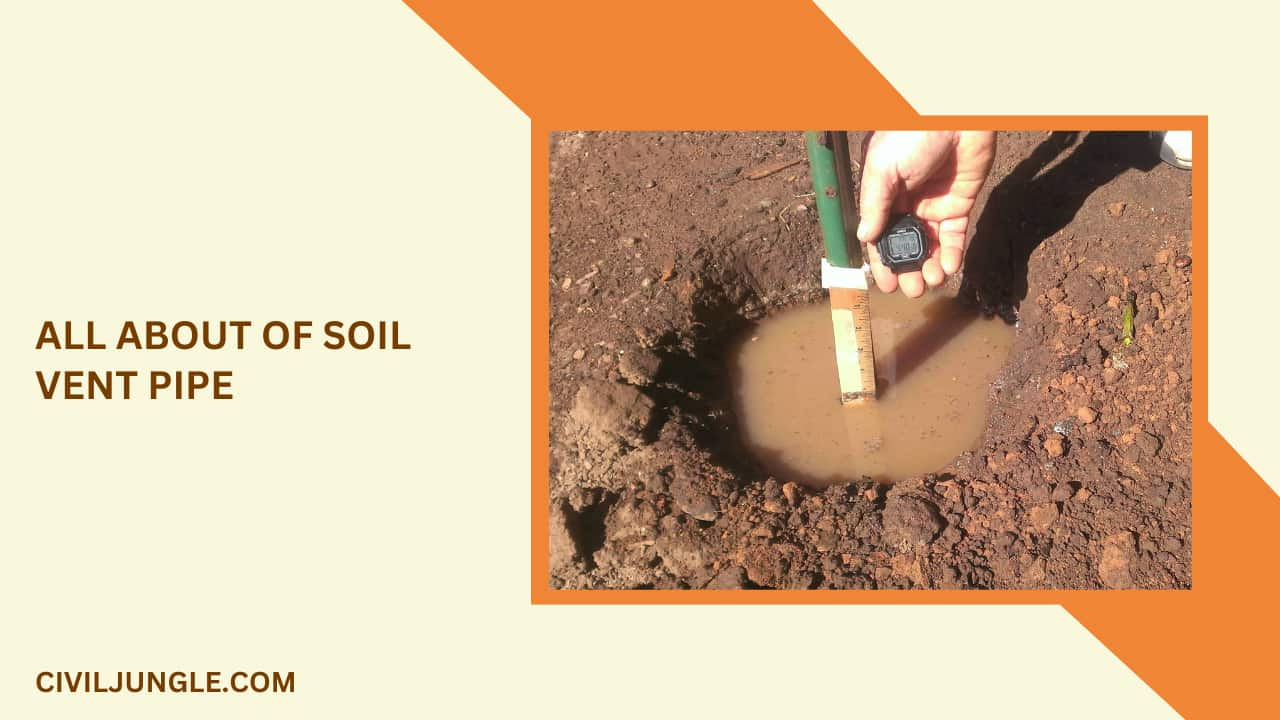

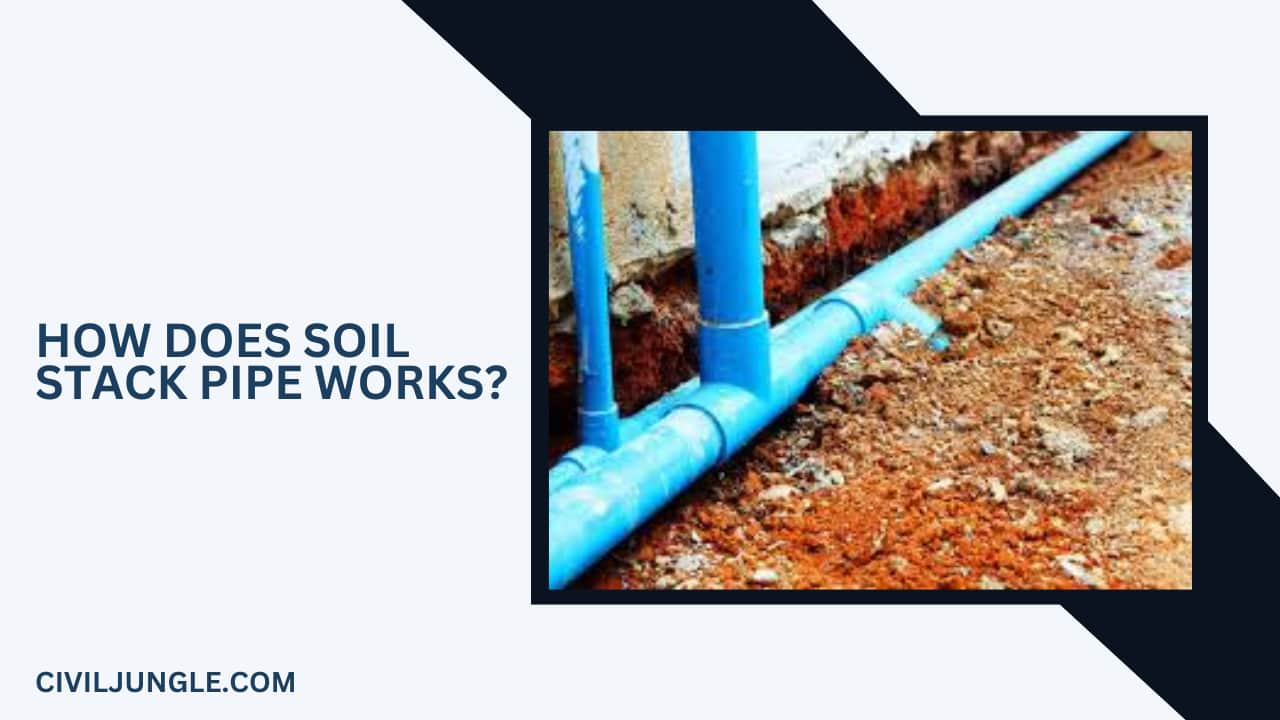
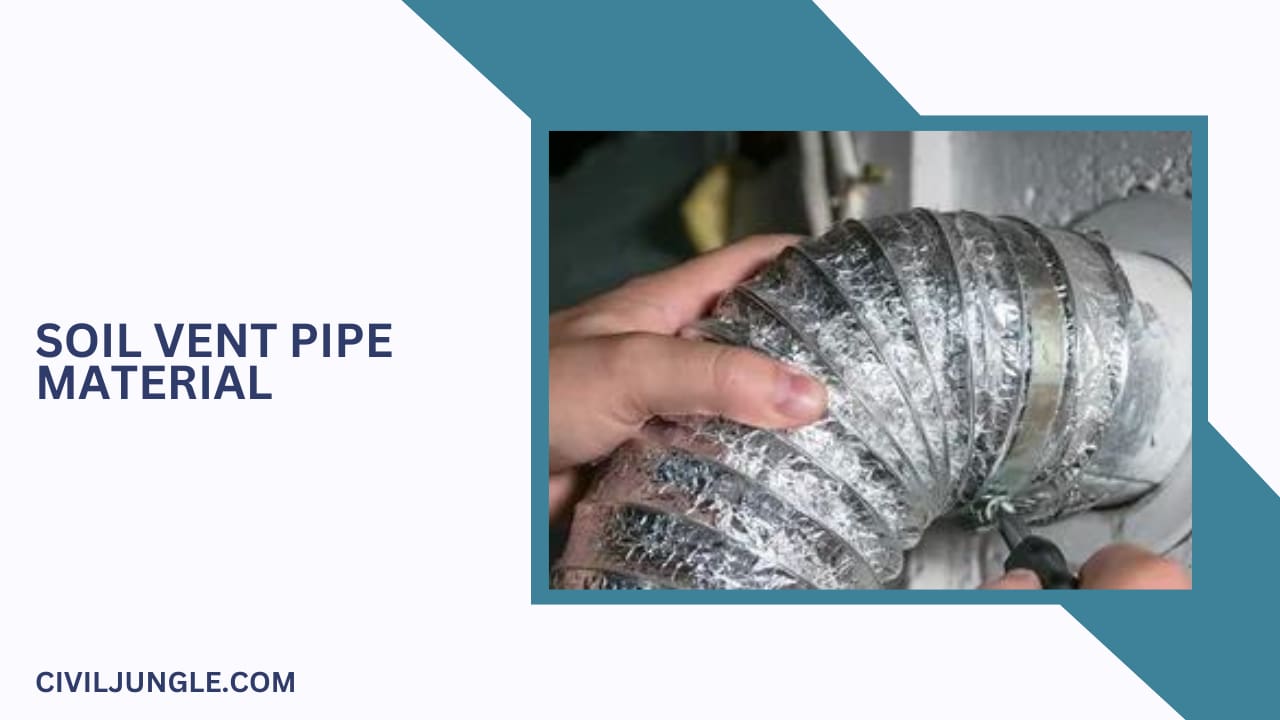
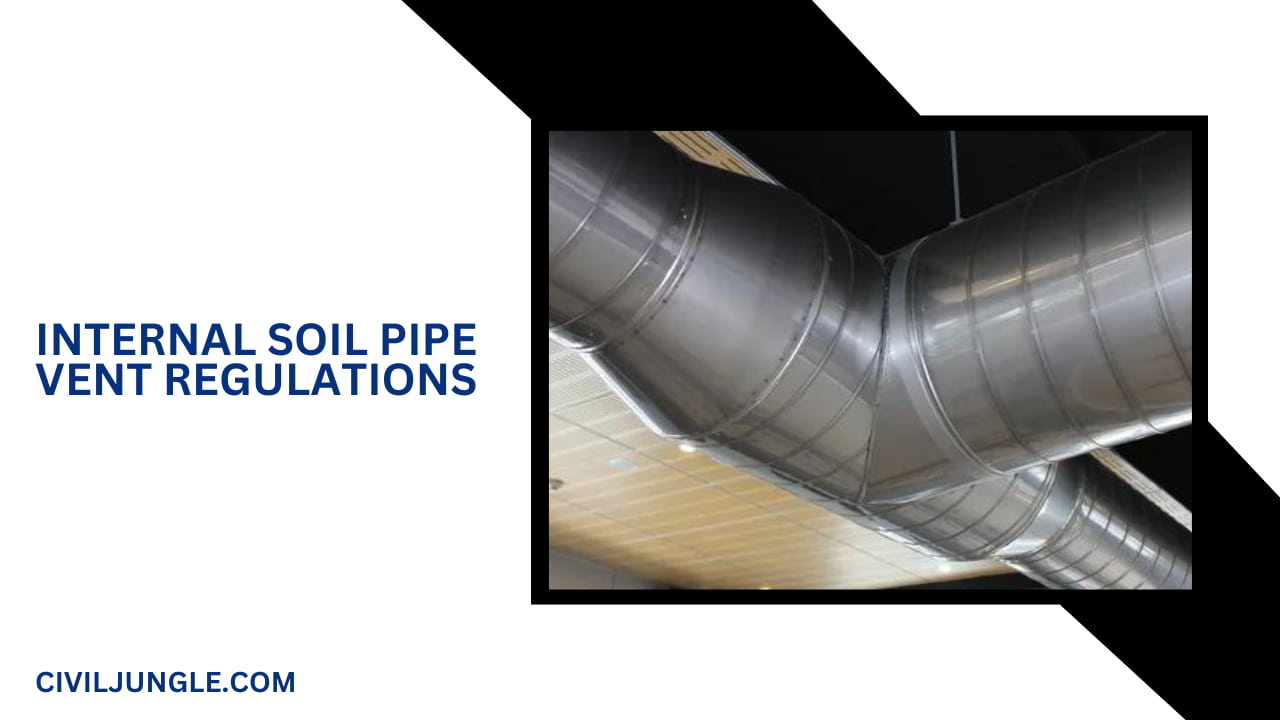
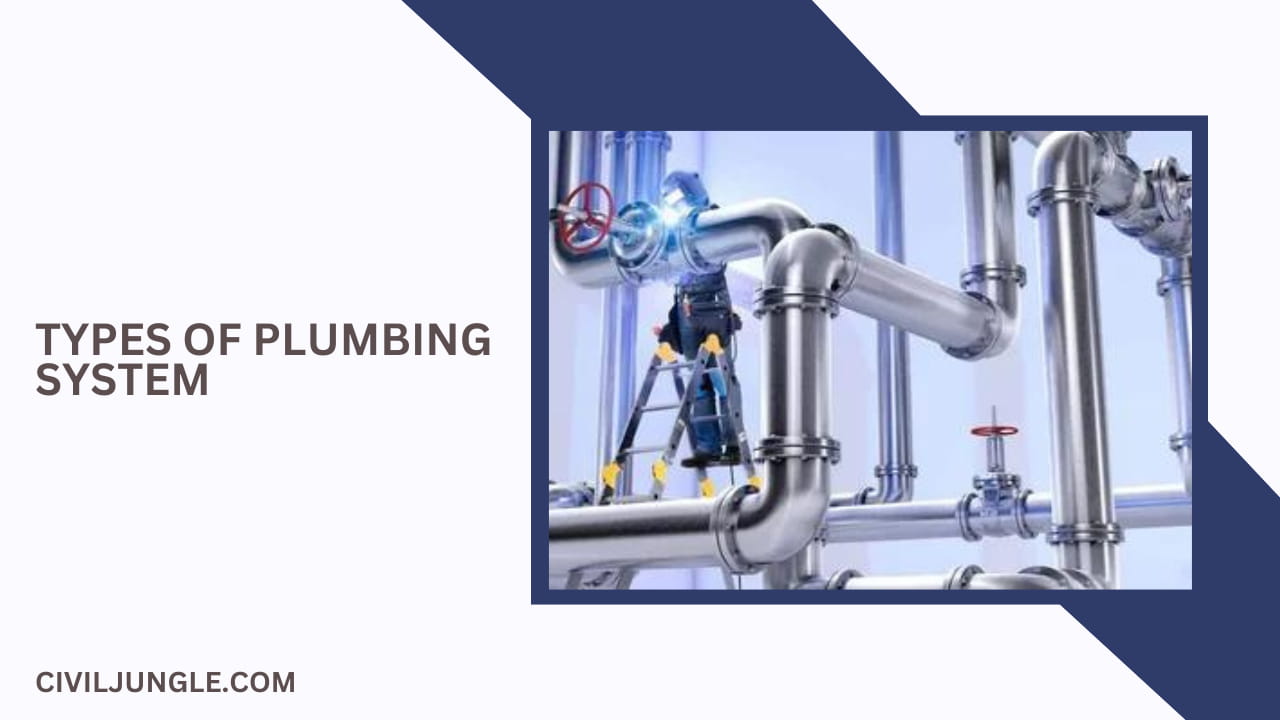
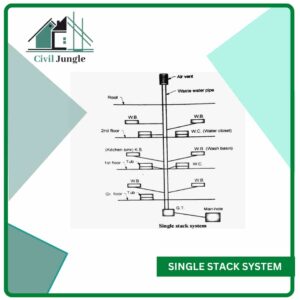 In case of the single stack system, there is a single vertical soil pipe which is fixed and all the waste matter comes from the
In case of the single stack system, there is a single vertical soil pipe which is fixed and all the waste matter comes from the  In the
In the 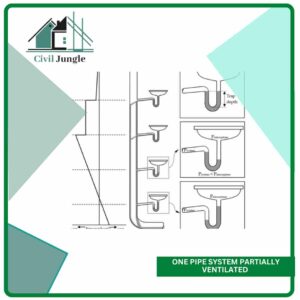 In the one-pipe system partially ventilated there is an intermediate arrangement is provided between the one-pipe system and the single stack system.
In the one-pipe system partially ventilated there is an intermediate arrangement is provided between the one-pipe system and the single stack system.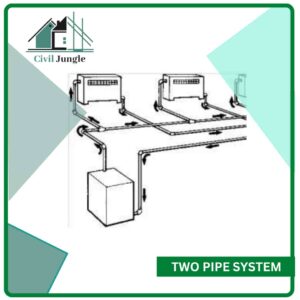 In the two-pipe system, there are two sets of pipes are used in which the one pipe is soil pipe which is connected to the soil fixtures such as urinals and water closets.
In the two-pipe system, there are two sets of pipes are used in which the one pipe is soil pipe which is connected to the soil fixtures such as urinals and water closets.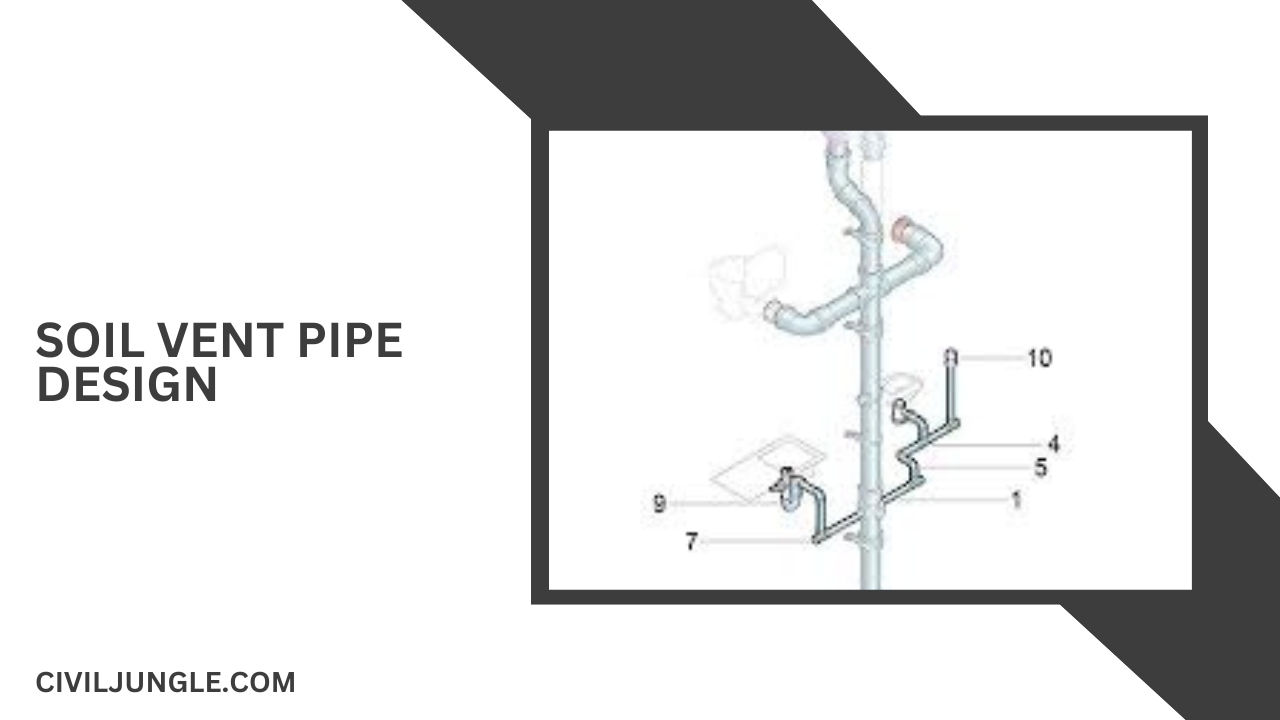
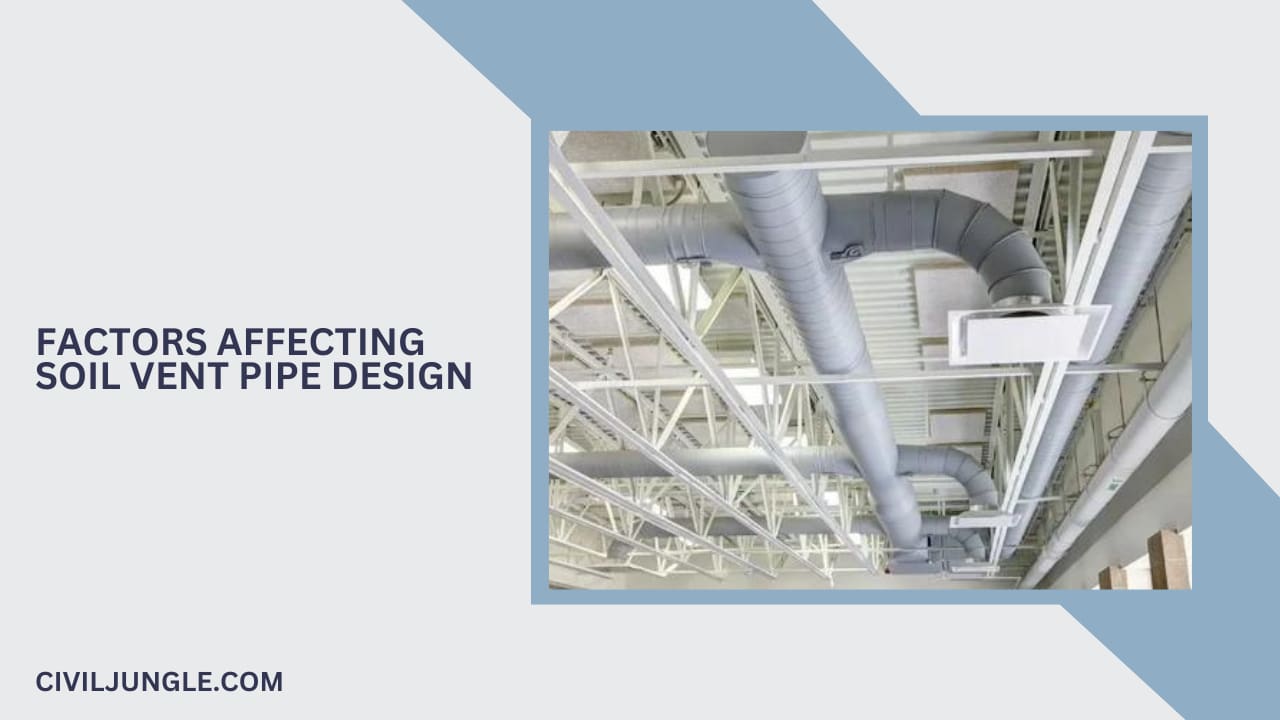
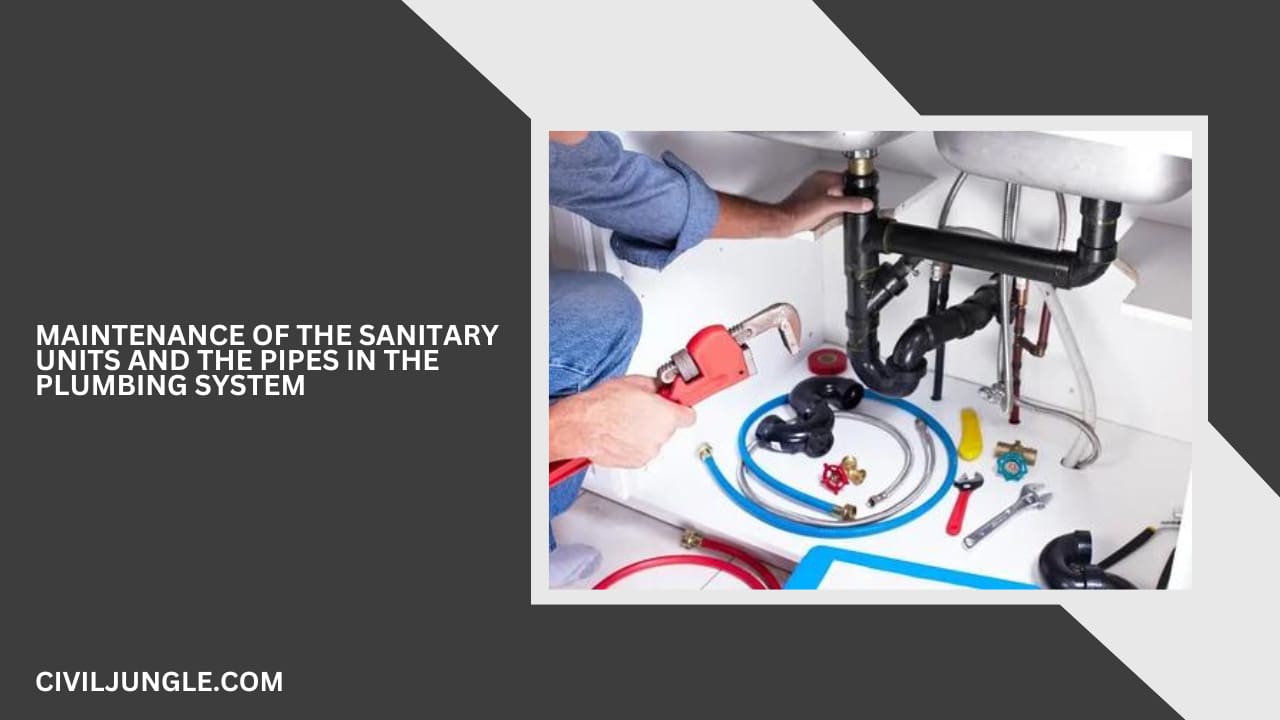

Leave a Reply